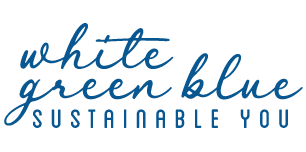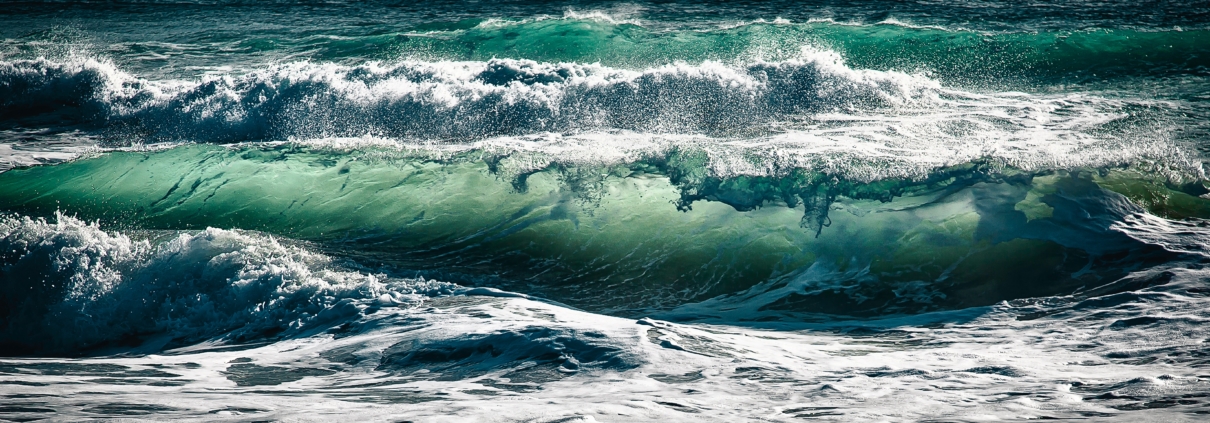Wave Carpet Technology
Hi everyone, welcome to Green Tech Thursday.
Today I will tell you a little about harnessing the power of our oceans.
As global warming is getting closer and closer to its tipping point, our world is looking into new and innovative ideas to harvest energy in a sustainable manner. One such idea is harnessing wave energy. Waves along the American coastlines produce enough energy to provide power to an estimated 100 million homes. That is an incredible amount of power. Unfortunately, most of that energy is currently going to waste, as nothing is out there harvesting it…yet.
CalWave is a company that’s currently working on a Wave Energy Converter (WEC) to harness our oceans’ power. The idea for the WEC has been around for almost a decade and inspiration initially came from a natural source (as most great ideas often do), namely muddy seafloors and their ability to dissipate ocean waves within a very short distance. The WEC would mimic the muddy seafloors as a flexible “carpet”, rippling under the pressure of the crashing waves and creating electricity!
There are many pros to the WEC design such as storm survivability (as it is safe under the water), no eyesore (again, as it can’t be seen underwater), and no collision danger for wildlife because they will be constructed in dead zones, avoiding wildlife and boats. Waves are a constant stream of energy and are therefore very reliable and consistent in providing energy. As long as we have a moon, waves will continue to crash! There are, however, some cons as well. The effectiveness of the WEC decreases the deeper you go, meaning that it will do best in shallower waters and can’t span miles upon miles under the open ocean.
When can we see this technology being put to use on a wide scale? Great question. My best guess would be in another decade or so. The technology has made great leaps from its inception at the University of Berkeley in California in 2012, to receiving a reward from the U.S. Department of Energy in 2019 to produce the next WEC models. All in all, the tech is not just a nice idea, it’s a realistic idea. This is a great example of how our world is adapting to our unsustainable way of living and providing a solution, allowing us to move towards a greener future.
Thank you for reading and see you next Thursday!
If you want to know more about the science behind the wave carpet, click here!
Take a look at CalWave‘s website.








